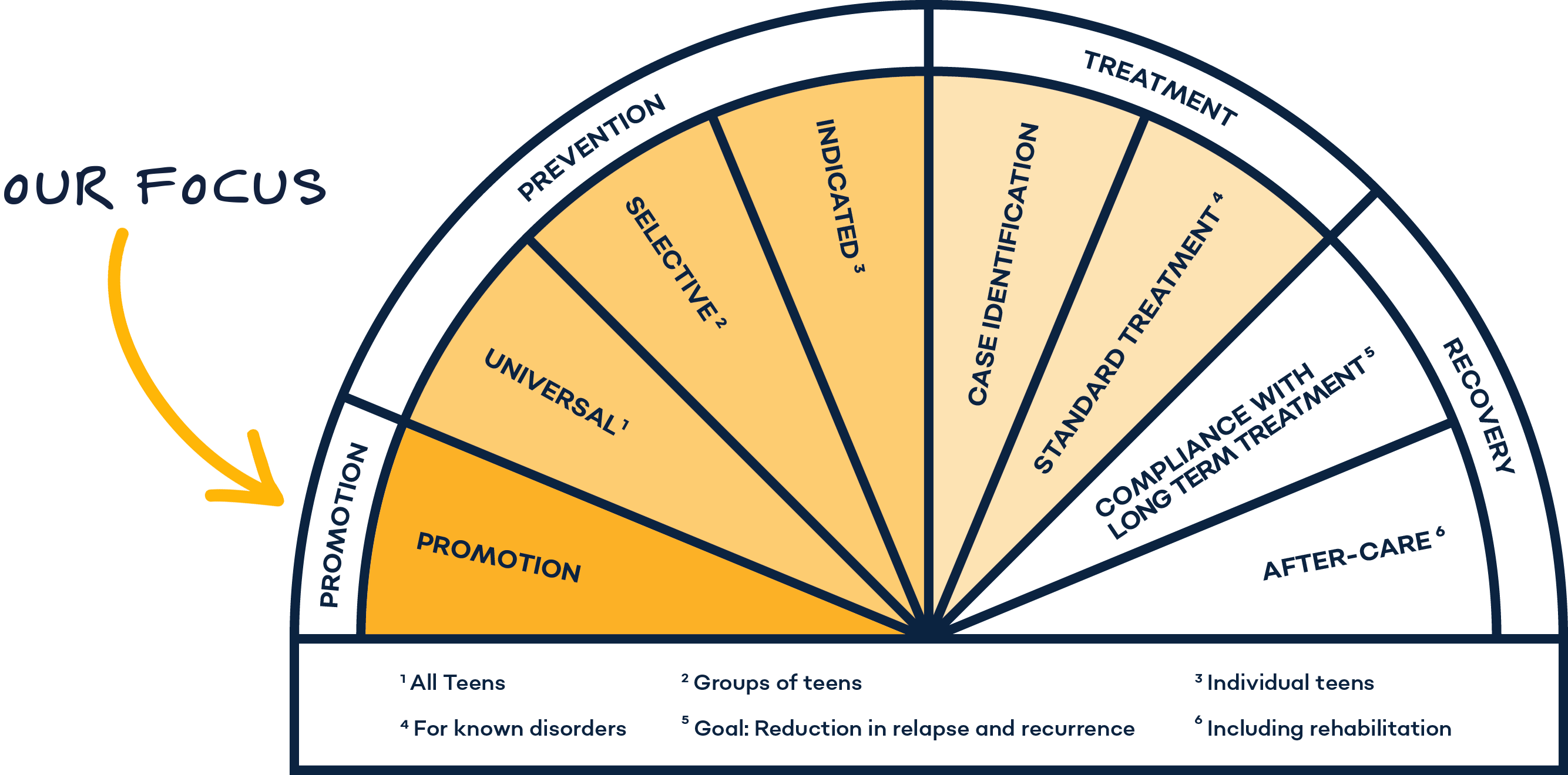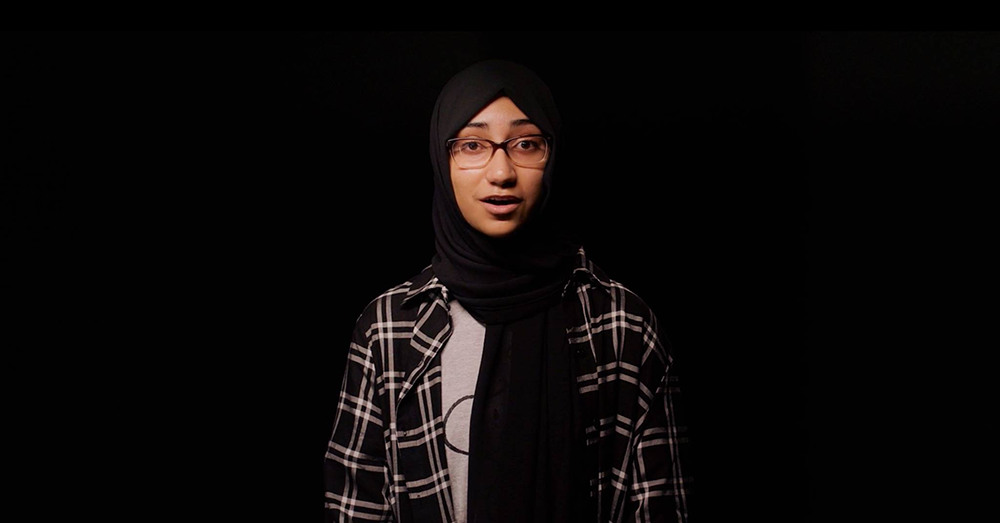There are many factors that contribute to the mental health crisis teens experience today and many barriers to receiving support. We can’t claim to know what causes the teen mental health epidemic, but Zero Reasons Why is built on addressing two key factors: reducing mental health stigma and increasing help-seeking behavior.
When stigma is removed, struggling teens are more likely to seek help. As help-seeking behavior increases, the likely result is a reduction in teen suicide.
Remove the Stigma > Increase Help-Seeking Behavior > Decrease Teen Suicide
What are mental health stigma and help-seeking behavior?
Mental health stigma, according to Mayo Clinic, is when a person is viewed in a negative way because of a distinguishing characteristic or personal trait that is thought to be, or actually is, a disadvantage (a negative stereotype), and goes on to say that “negative attitudes and beliefs toward people who have a mental health condition are common.” This happens to young people every day with dismissive statements they hear from peers, parents, educators or media.
Help-seeking behavior is a person’s ability to self-identify when they need support and to ask for help, whether by calling or texting a crisis line, telling a friend they’re struggling, talking to a parent or seeking support from another trusted source.
We believe removing mental health stigma starts with story.

Stories have the power to remove stigma, even in complex social topics like mental health and suicide prevention. Emerging research supports this theory. Sharing personal narratives is an evidence-based approach to address and even treat mental health challenges. As one study notes, it has “led to a reduction of stigma and self-stigma.” Another 2022 study published in the Journal of Consulting and Clinical Psychology found that digital narrative-based bibliotherapy increases “feelings of perceived shared experience and optimism” and that participants in the study “reported lower desire to die.”
Major mental health organizations promote this same idea. The National Suicide Prevention Lifeline (988) says in their storytelling guide, “By sharing a wide variety of mental health experiences and the myriad ways in which we cope with crisis, we can help others find hope and meaning, and recognize ourselves in each other’s stories.” While Zero Reasons Why is not mental health treatment, and never will be, it takes the same concept of narrative sharing and moves it upstream on the continuum of mental health care – out of the treatment phase and into promotion. The goal is to use storytelling to promote positive mental health and elevate the topic before someone moves further along the continuum.


By bringing stories to the forefront – not just those in treatment behind closed doors – the conversation becomes proactive and the same feelings of shared experience, optimism and reducing of stigma can be felt before someone needs mental health treatment. Through storytelling, we open the dialogue for real change — with real stories.
This the work of stigma removal.
This is the work of storytelling.
Want to learn more? Find additional research that supports our Campaign’s foundation of storytelling for stigma removal:

